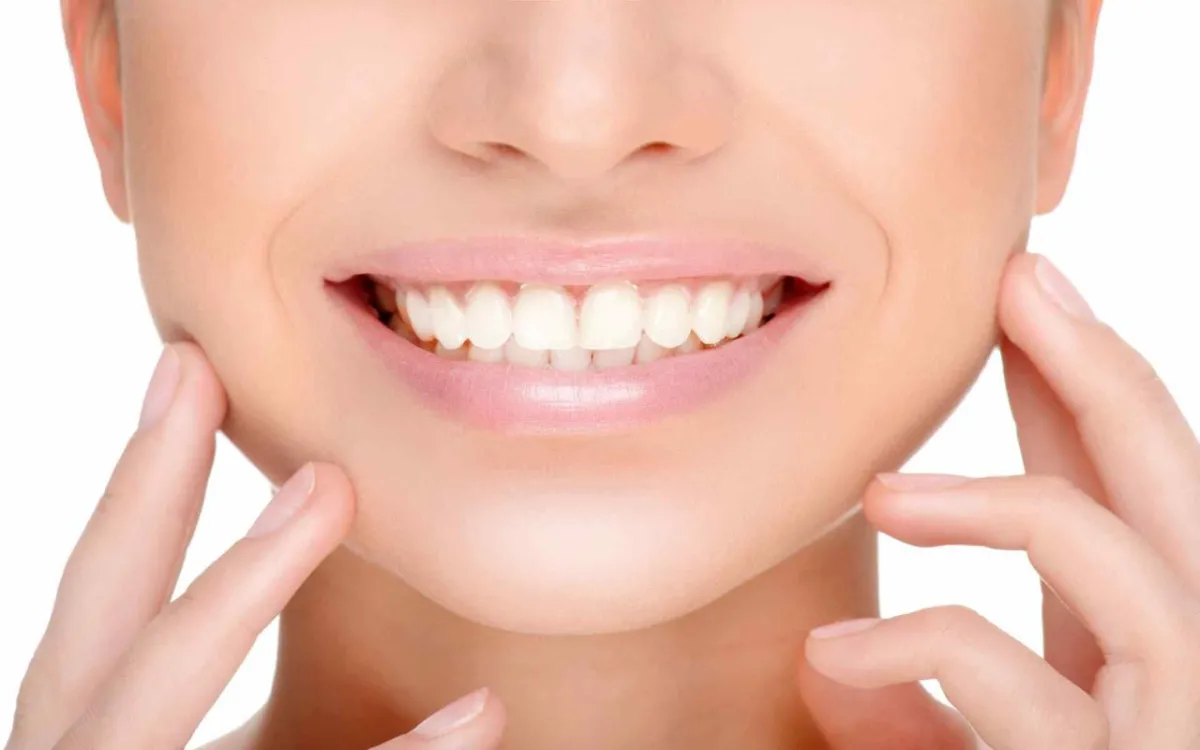Adults typically have 32 teeth. Food is processed in different ways by different tooth groups. For example, incisors are used to bite food, and molars are used to grind it. Speaking also depends on your teeth.
One of your body’s strongest components is your teeth. They are composed of minerals like calcium and proteins like collagen. They facilitate fluent speech in addition to aiding in the chewing of even the most difficult foods.
Permanent or secondary teeth are adult teeth.
8 incisors
4 dogs, commonly known as cuspids
8 bicuspids, commonly known as premolars
12 molars, 4 of which are wisdom teeth
Only 20 teeth, known as primary, temporary, or milk teeth, are present in children. Both the upper and lower jaws have the same ten teeth:
4 incisors
2 dogs
4 molars
Around six months of age is when the baby’s first teeth begin to erupt through the gums. Typically, the first primary teeth to erupt are the lower incisors. By the age of three, most children have all twenty of their primary teeth.
Between the ages of six and twelve, children often lose their primary teeth. After that, permanent teeth take their place. The first permanent teeth to erupt are often molars. By age 21, the majority of people have all of their permanent teeth in place.
To find out more about the various kinds of teeth, including their forms and purposes, continue reading.
Molars: what are they?
When you eat, your tongue pushes food to the back of your mouth, where your molars break it up into pieces small enough for you to swallow. Your main eight molars are sometimes separated into your 6-year and 12-year molars, depending on when they typically grow in. Your 12 molars are your strongest and largest teeth; you have six on top and six on the bottom.
Not everyone has enough space in their mouth for the final set of teeth, known as third molars, which include four wisdom teeth. These teeth are the last to erupt and typically appear between the ages of 17 and 25. Occasionally, the wisdom teeth become impacted, which means they are lodged beneath the gums and cannot grow in. If you don’t have enough room for your wisdom teeth, you’ll probably need to have them extracted.
Premolars: what are they?
Your canines are positioned adjacent to your eight premolars. On top are four premolars, and on the bottom are four.
Compared to canines and incisors, premolars are larger. They can crush and ground food into smaller pieces to make swallowing easier because of their flat, ridged surface.
Adult premolars take the place of baby molar teeth. Premolars are absent in infants and young children since they do not erupt until approximately the age of ten

